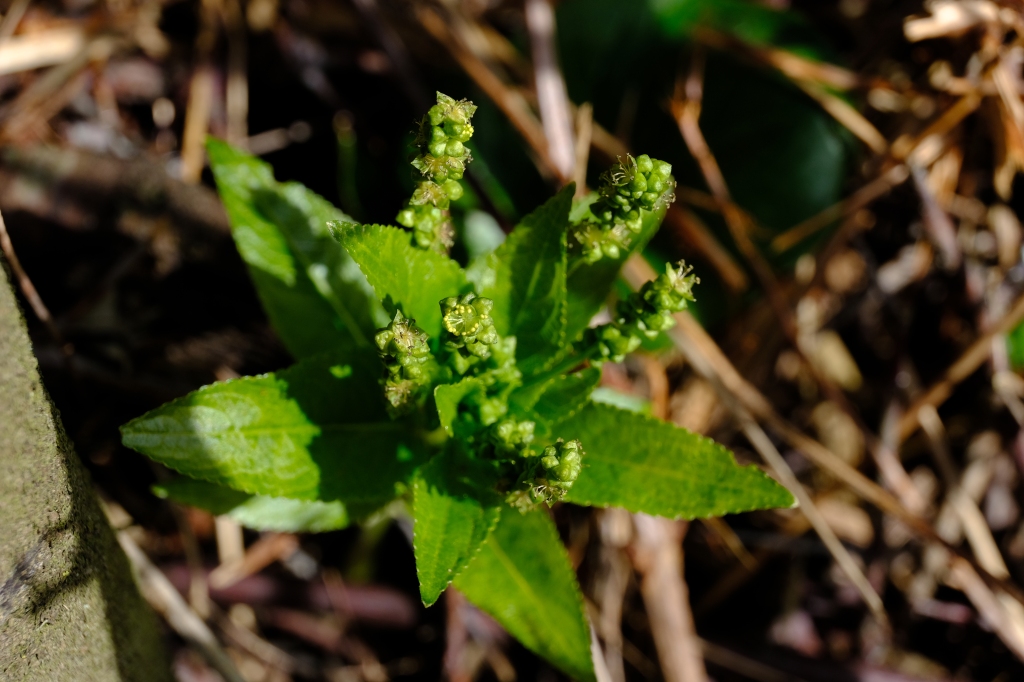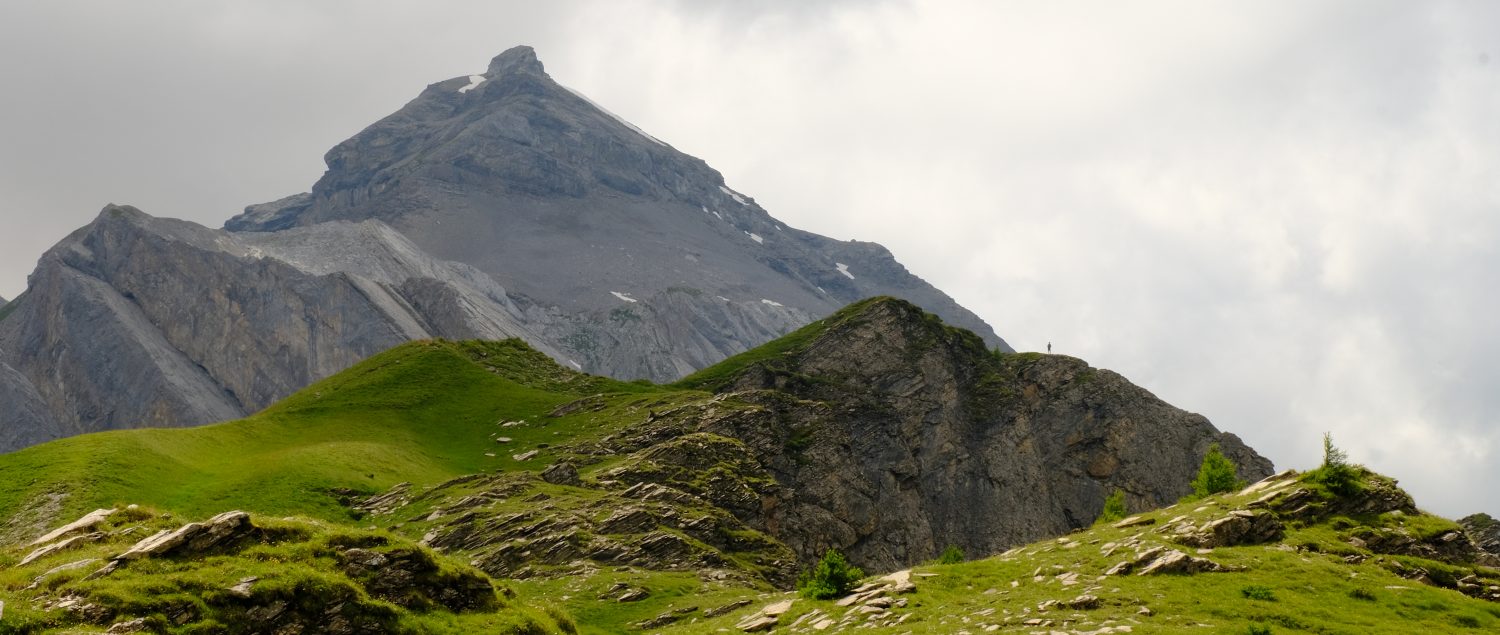The bridleway from Pury End to Whittlebury is a great leg stretch any time of year (coffee and cake from the Whittlebury Bakery https://www.whittleburybakery.com/ helps my motivation!). Here’s ten Spring stunners for you to tick along the way.

Here’s your challenge, beginning with easiest first.

Photo credit: Sally Woodbridge
EASY – Lesser Celandines, easy peasy shiny yellow petal squeasy!

Photo credit: Sally Woodbridge
EASY – Wood anemones are abundant by the hedges and in the woods now.

Photo credit: Sally Woodbridge
EASY – Cuckoo flowers like slightly damper ground.

Photo credit: Sally Woodbridge
MEDIUM – Dog’s mercury also prefers the shade of hedges and trees. (CAREFUL – POISONOUS)

Photo credit: Sally Woodbridge
MEDIUM – Blackthorn blossom comes out before the leaves and has sharp thorns.

Photo credit: Sally Woodbridge
MEDIUM – Lords and Ladies also like a bit of shade, so look under the hedges for this one. (CAREFUL -POISONOUS)

Photo credit: Sally Woodbridge
MEDIUM – Jack-by-the-Hedge has distinctive heart shaped leaves that smell of garlic when crushed (edible).

Photo credit: Sally Woodbridge
MEDIUM – White dead-nettle differs from stinging nettles as it doesn’t sting and it has white flowers.

Photo credit: Sally Woodbridge
HARD – Red Dead-nettle is a bit trickier to identify, it looks like a very small nettle with downy heart shaped leaves and pinky purple flowers.

Photo credit: Sally Woodbridge
HARD – Ground Ivy is smaller too, it differs with its blue / violet flowers and kidney shaped leaves.
Look at my other NATURE HUNTS for interesting facts about these plants, local wild animals and other local walks.
References
- R. Fitter, A. Fitter and M. Blamey, Wild flowers of Britain and Northern Europe, 5th ed., Harpercollins Publishers, London, 1996.
- ispotnature.org
- Wildlifetrusts.org
If you enjoyed this please enter your email address below to follow this blog and receive notifications of new posts by email.


